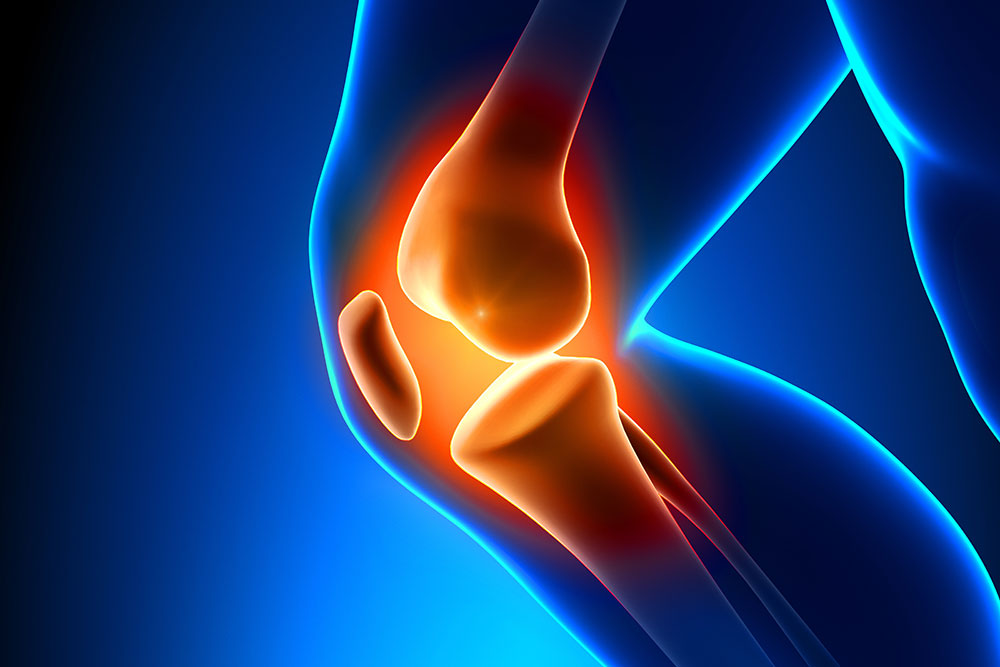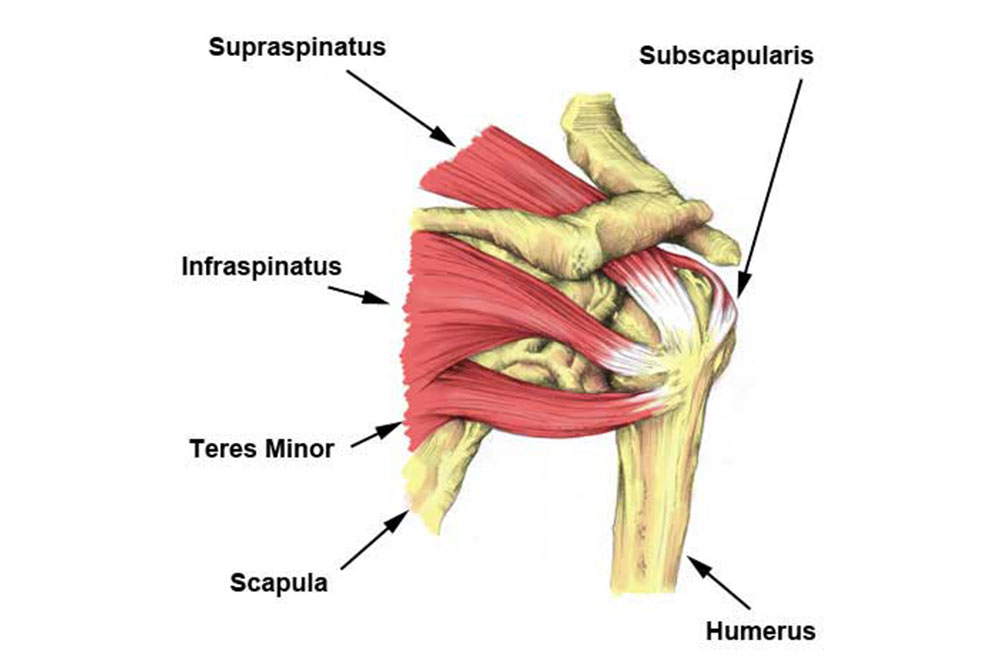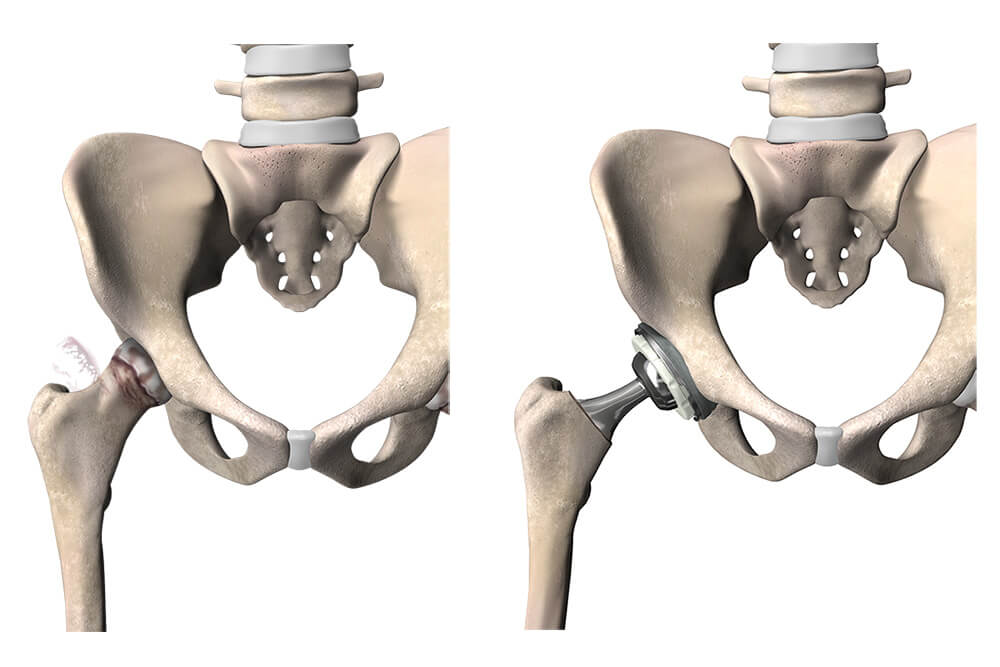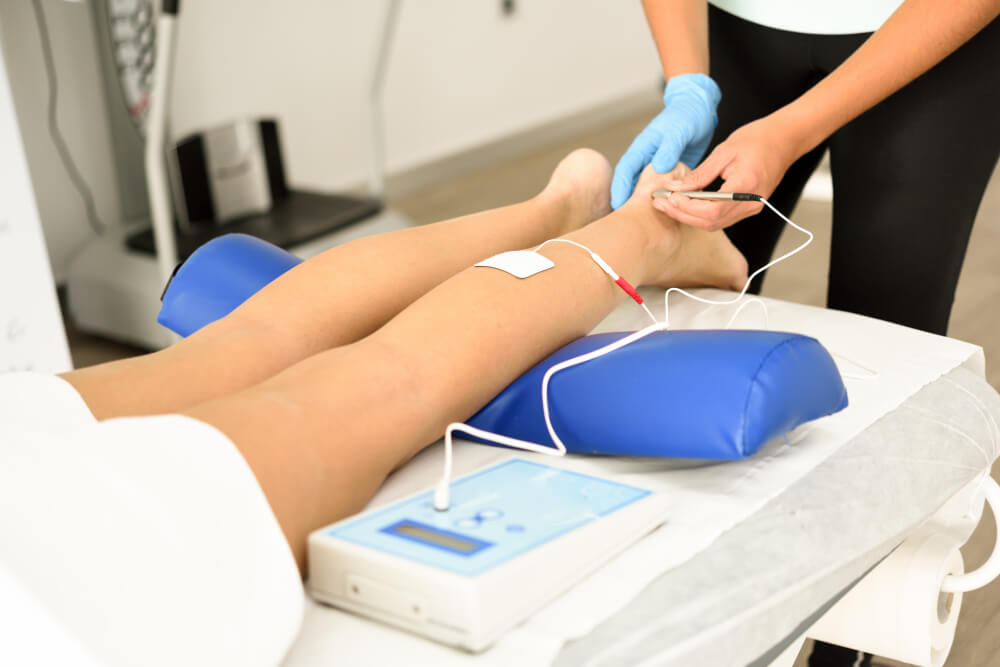Knee Orthopedics
Surgical vs. Conservative Care Options
During the patient’s initial consultation, the surgeon will gather as much information as possible to best determine the pros and cons of surgical vs. conservative care options. For example, a young athlete with a torn ACL is more likely to opt for ACL reconstruction so that they could remain active, vs period an older patient with a sedentary lifestyle.
Conservative Care Options
Unfortunately, ligaments do not heal without surgery. However, non-surgical treatment can allow patients with low activity levels to live normal, pain-free lifestyles. If the knee is stable, your doctor may recommend conservative care options, such as injections, physical therapy, and/or home exercises.
Surgical Options
Most ACL tears cannot be sutured or put back together. A tissue graft is often necessary to act as a scaffolding for a new ligament to grow on. ACL grafts can be taken from the patellar tendon, the hamstring, the quadriceps, tendon or from a cadaver allograft. Dr. Mora discusses the advantages and disadvantages of each graft source to utilize a surgical technique that is best suited for each patient’s needs and circumstances.
The ACL repair procedure is performed with an arthroscope using small incisions. The use of arthroscopic surgery is less invasive, which leads to less pain, less time spent in the surgical center, and faster recovery times.
Rehabilitation
Dr. Mora has established evidence-based rehabilitation protocols for each of his surgeries, which he will share with the physical therapist of your choice. A therapy program is crucial to regaining strength, balance, and flexibility of the joint to prevent future injury.

Arthroscopic and other Minimally Invasive Knee Surgeries
Articular Cartilage Restoration
Articular cartilage is a smooth, white tissue that covers the ends of bones to protect them and decrease friction when people are moving through normal ranges of motion. This cartilage can become damaged due to injuries, or it can deteriorate over time due to wear and tear. Surgical techniques have been developed to help resurface and shave down loose pieces and frayed tissue, allowing smoother range of motion and preventing further damage to the joint.
Common Knee Procedures include:
- Microfracture – Autologous Chondrocyte Implantation
- Debridement – Osteochondral Allograft Transplantation
- Bone Marrow Injections – Removal or repair of torn meniscus
- ACL/PCL Repair – Draining excess fluid from the knee
Robot-Assisted Total Knee Replacement
Introducing Mako SmartRobotics TM by Stryker for Total Knee Replacement (TKR). Advances in medicine and technology have come together to provide our patients with a cutting-edge procedure to help perfect a common knee surgery, the total knee replacement. Total Knee Replacements are sometimes necessary when pains from moderate to severe arthritis are not being helped by therapy or injections. After uploading a CT scan of the patient’s knee, the surgeon is able to use the robot to make precise incisions down to the millimeter. Qualified patients can experience less time in surgery and faster recovery times. Patients are able to walk and start physical therapy hours after the surgery has been performed.
Other Procedures Performed
- Distal Femur Osteotomy
- LCL Reconstruction
- MCL Reconstruction
- Medial Patellofemoral Reconstruction
- Proximal Tibia Osteotomy
- Tibial Tubercle Osteotomy






